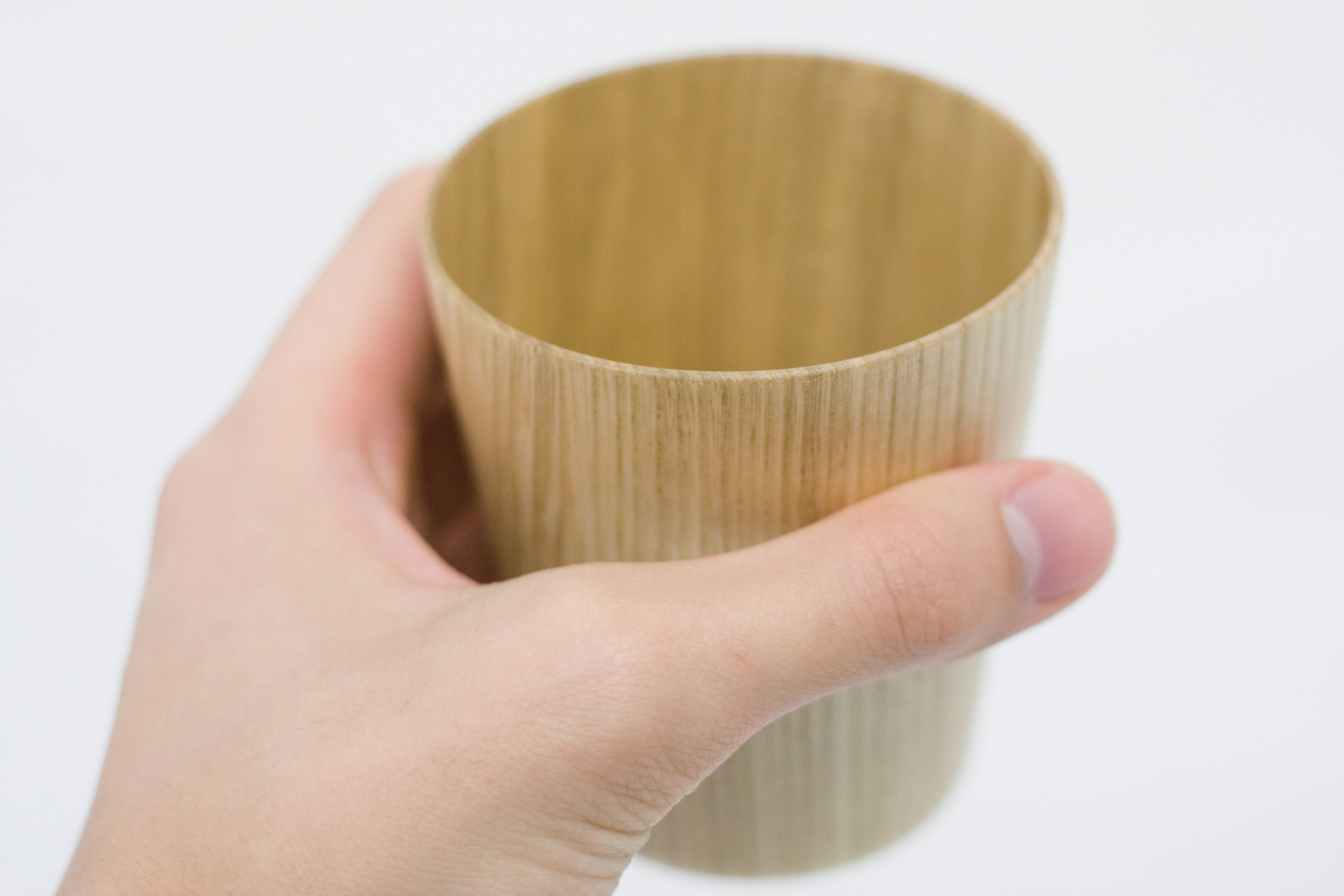
My first introduction to the world of Japanese design came in the form of a Hello Kitty tape dispenser. I was an innocent, sheltered tyke, and had no idea who this cat character was (was she a friend of Snoopy’s? I liked Snoopy.) What I did know, however, was that I REALLY liked the dispenser. Probably a little too much (I wouldn’t let anybody else touch it). It was beyond adorable. And the colourful tape that came with it? Don’t get me started. “Sure, okay, fine,” I hear you say, “but what’s your point?” Well, patient reader, my point here is threefold: A) God really is in the detail, because B) every object, no matter how utilitarian, can be made more appealing (by adding a cartoon feline, in some cases) and C) children do become obsessed with the kookiest things. Pre-Sanrio dispenser, kept pretty n’ pristine in its own Perspex pouch, I thought about tape as often as any kid would (which amounted to never). But after? Pfft – forget about it. From then on in, anyone who used ordinary tape was a chump. Why go plain when you could say, “Hello Kitty!”
For most of us (all right – the majority of us), this yen for Japanese design goes far beyond tape (washi or no washi). In fact, the influence of contemporary Japanese design can be felt everywhere these days. From cars to lamps to cameras to chairs, Japan can seem closer to us than America, aesthetically speaking. This is as good a reason as any to check out Japanese Design Today 100: The Designscape of Contemporary Japan, now on at Centre de design de l'UQAM. This traveling exhibition showcases the design ethos of contemporary Japan through 100 objects: 89 objects created from 2010 onwards that can be seen in Japan today, as well as 11 objects that represent the origin of Japanese post-war modern product design. Japanese Design Today covers a lot of ground, giving an eyeful of everyday, popular pieces as well as items of high design. Certainly, some objects on view have the sleek, minimal lines typical of modern design (I’m looking at you, #19), but many more nod to the supple forms typical of traditional crafts. Issey Miyake’s No. 1 Dress manages to walk the line between time-honored and thoroughly contemporary, whereas the creators at the Beautiful Prosthetics Project run from the past, creating a shiny, newfangled prosthetic lower leg for athletes in the process. It is the lurching forward and looking back that makes this exhibit compeling, as much as the everyday bits and bobs that have become fetish objects in the design world.
And yes, there’s tape. Just in case you were wondering.
Japanese Design Today 100: The Designscape of Contemporary Japan
Until January 18, 2015 | Centre de design de l'UQAM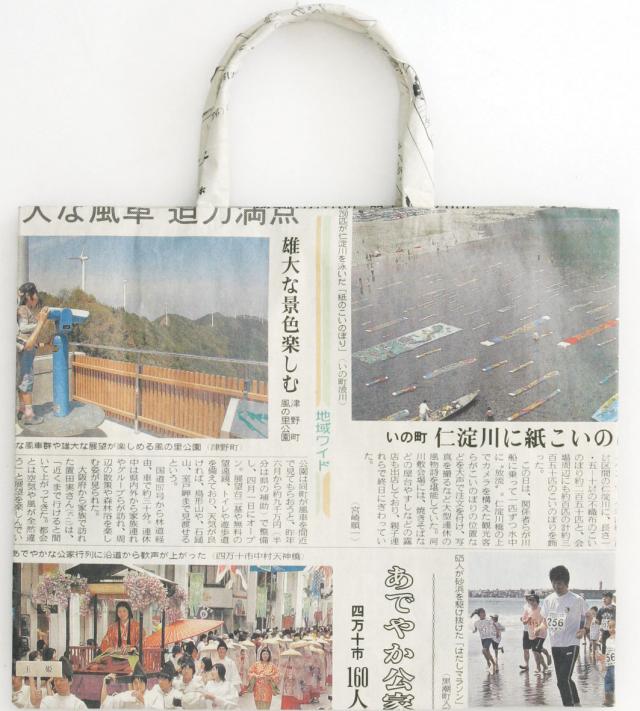 Sac en papier journal Shimanto (© Japan Foundation)
Sac en papier journal Shimanto (© Japan Foundation) Final Home «Home 1» by A-net-Inc. (© Japan Foundation)
Final Home «Home 1» by A-net-Inc. (© Japan Foundation)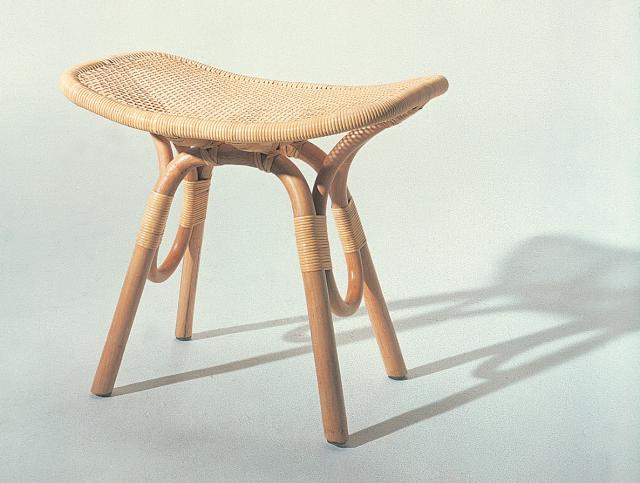 Tabouret de Y.M.K. Nagaoka Co., Ltd. (© Japan Foundation)
Tabouret de Y.M.K. Nagaoka Co., Ltd. (© Japan Foundation)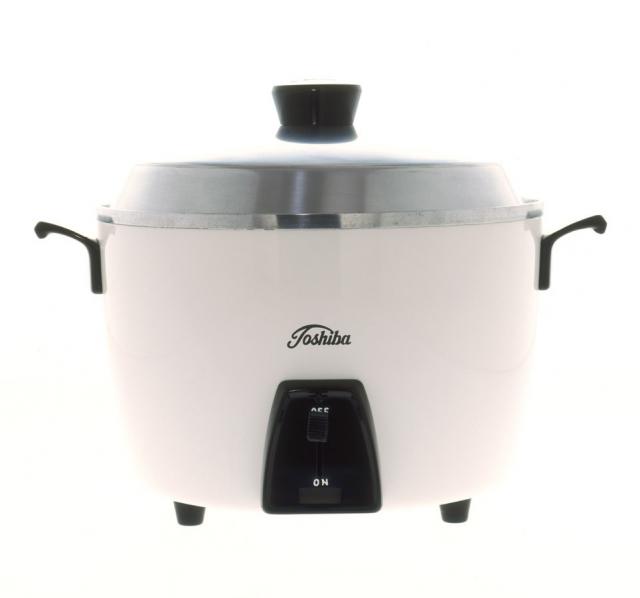 Autocuiseur de riz RC-10 by Toshiba Corporation (© Japan Foundation)
Autocuiseur de riz RC-10 by Toshiba Corporation (© Japan Foundation)


![Rosalie Vaillancourt vend son appartement de Montréal pour 525 000$ [PHOTOS]](https://nightlife.ca/app/uploads/2022/07/appart-rosa.jpg)

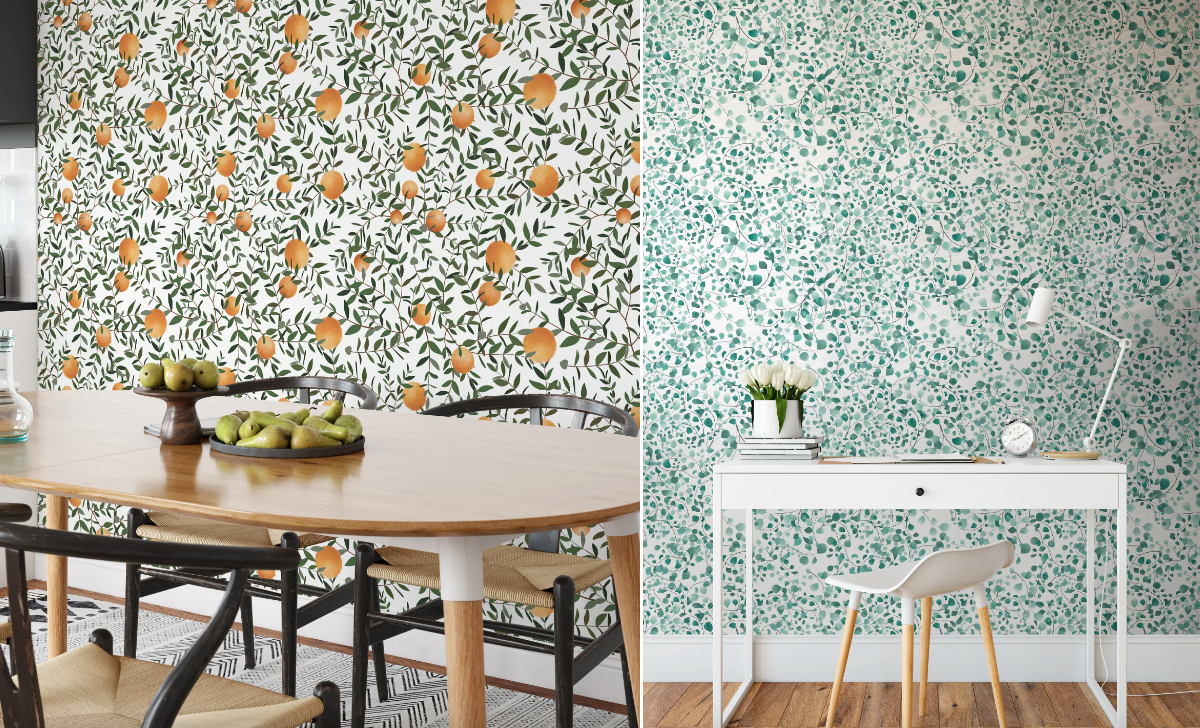
![Cette maison avec un grand terrain de tennis au Lac-Brome est à vendre pour près de 1.3M$! [PHOTOS]](https://nightlife.ca/app/uploads/2022/06/maisontennis.jpg)
![Ce condo de style « penthouse » avec deux terrasses dans Rosemont est à vendre pour 889K$! [PHOTOS]](https://nightlife.ca/app/uploads/2022/06/condooooorosemont.jpg)
![Cette maison comprenant une cabane dans les arbres à North Hatley est à vendre pour 975K$! [PHOTOS]](https://nightlife.ca/app/uploads/2022/06/misonnorthhatley.jpg)
![Ce condo de style penthouse en face du parc La Fontaine est en vente pour 845K$! [PHOTOS]](https://nightlife.ca/app/uploads/2022/06/cndplt-1.jpg)
![Geneviève Schmidt vend sa maison mid-century pour 899 000$ [PHOTOS]](https://nightlife.ca/app/uploads/2022/06/genevieve-schmit.jpg)
![Ce chalet hyper lumineux sur le bord de l'eau à Austin est à vendre pour près de 1.7M$! [PHOTOS]](https://nightlife.ca/app/uploads/2022/06/chalet-austin.jpg)
![Ce condo qui a été entièrement rénové cette année dans Verdun est à vendre pour 475K$! [PHOTOS]](https://nightlife.ca/app/uploads/2022/06/condoverdun.jpg)